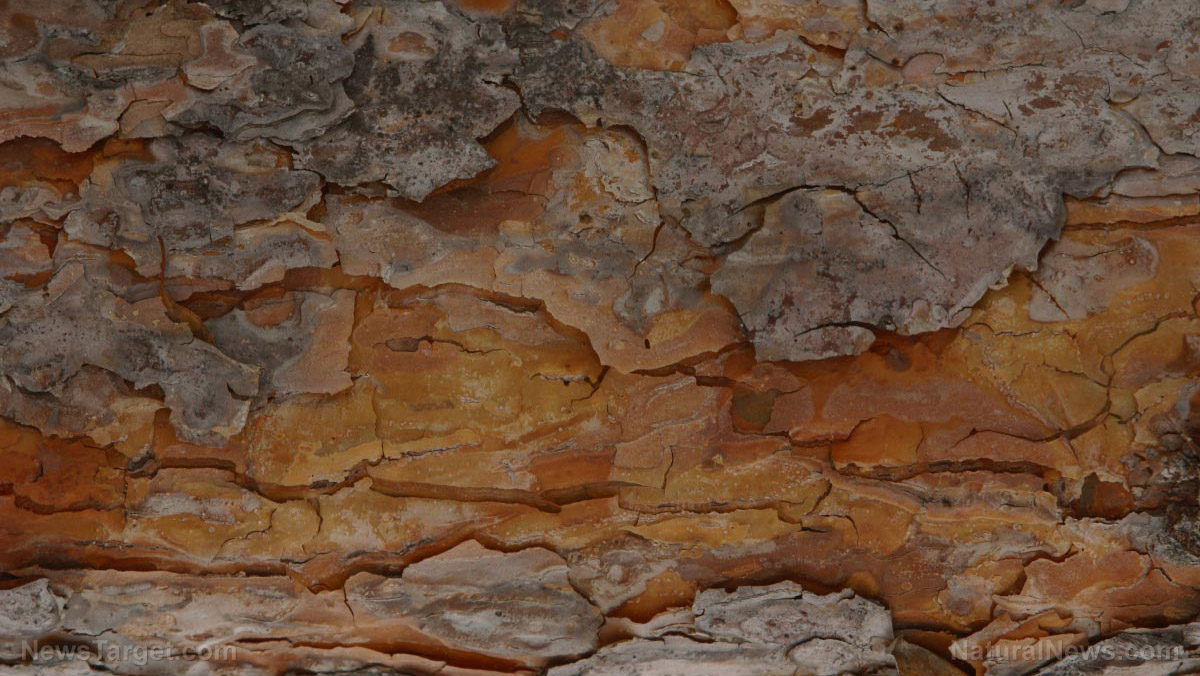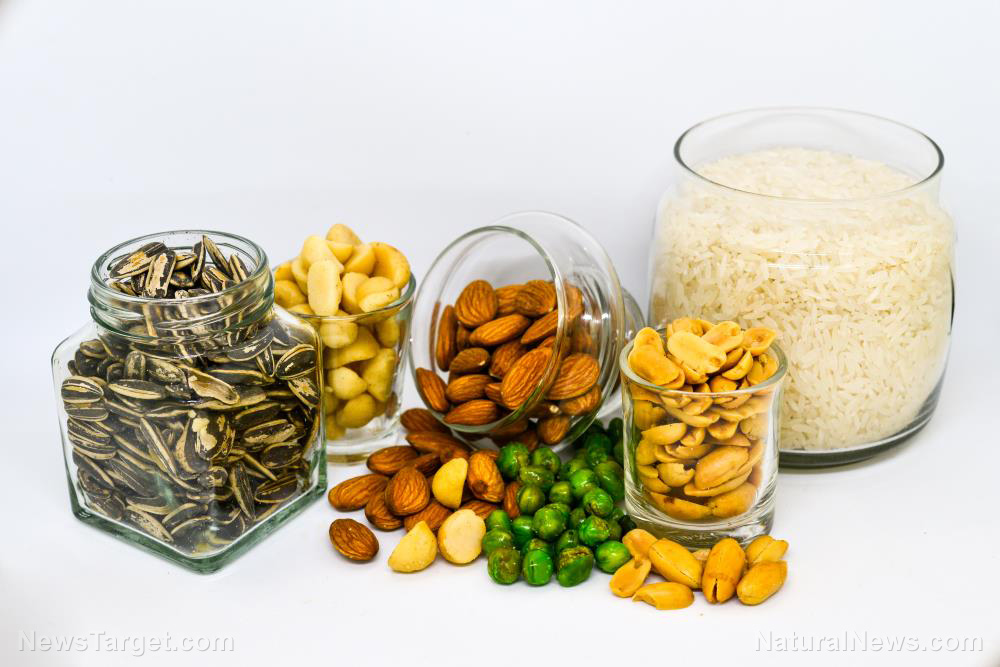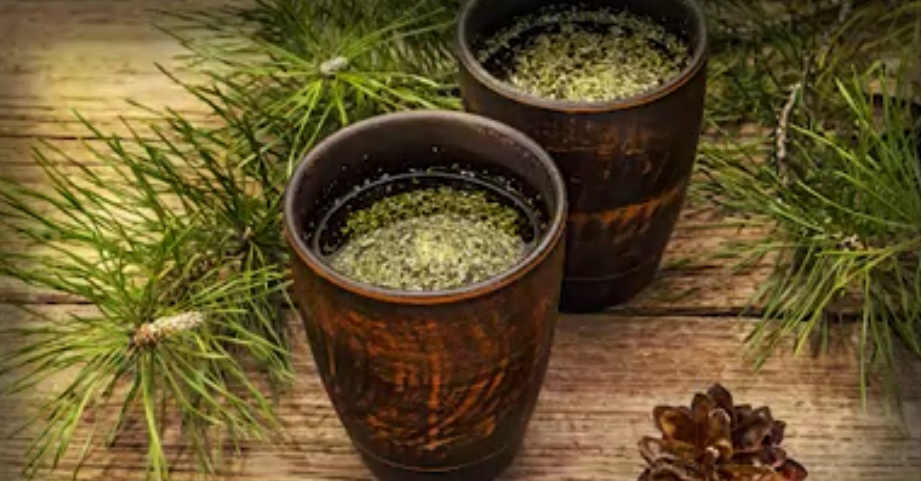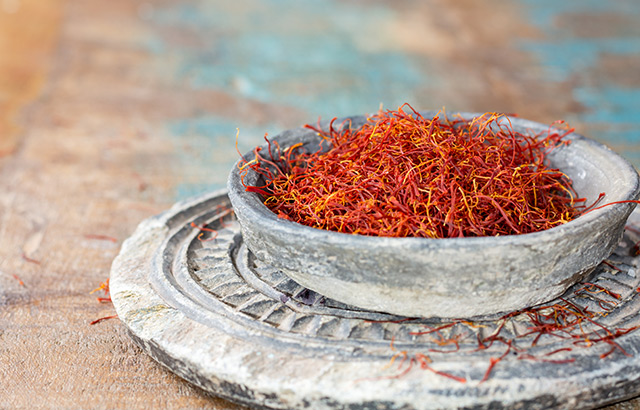6 Tree bark remedies you can use as survival medicine
06/15/2023 / By Olivia Cook

Here are a few types of trees that provide powerful, natural and free healing tools to help prevent and treat health issues, and offer nutritional benefits as well. (h/t UrbanSurvivalSite.com)
It’s important to note that these trees have many varieties. Generally, all varieties of a tree species provide similar benefits, but some deliver more nutrition or medicinal benefits than others.
All maple
A study published in the Journal of Natural Products reported that phenolic glycosides extracted from red maple bark showed in vitro radical scavenging ability, meaning they are potent antioxidants.
The phenolic-rich bark extracts from sugar maple and red maple were also demonstrated to have anticancer activities. (Related: Is medicinal tree bark the next big cancer prevention strategy? Research says yes.)
The inner cambium layer of all maples can be infused as a tea to treat bronchitis, colds, coughs, diarrhea and kidney infections. It is also a blood purifier, diuretic, expectorant and liver and kidney cleanser.
Native Americans used red maple bark as an analgesic, a wash for inflamed eyes and cataracts and a remedy for hives and muscular aches.
Birch
The main bioactive compounds from birch tree leaves, bark and buds are saponins and triterpenes. Some of the compounds identified in it include betulin, betulinic acid, erythrodiol, lupeol and oleanolic acid. Other constituents include flavonoids, mainly hyperoside, with luteolin and quercetin glycoside, which exhibit anti-inflammatory, antiseptic and diuretic properties.
Triterpenoid saponins have been reported to exhibit analgesic, anti-Alzheimer, antibacterial, anticancer, anti-inflammatory, anti-leishmanial (a parasitic disease), antioxidant, antiviral and immunomodulatory effects. These phytochemicals also display the ability to inhibit alpha-glucosidase, which curbs the absorption of carbohydrates from the small intestines, according to a study published in the journal Pharmaceuticals.
High in betulin and betulinic acid, the oil from birch bark and buds keeps away gnats and insects plentiful in the Northern areas. This same oil is also useful as a lotion for eczema and psoriasis and has been used in making medicated soaps, thanks to its antiseptic properties. Distillation of the bark yields birch tar oil, an astringent ingredient of ointments for eczema and psoriasis.
Native Americans boiled the bark to make poultices for minor wounds. An oil made by distilling the bark of the sweet birch was traditionally used for bladder infections, gout, nerve pain and rheumatism.
Black cherry
The bark of black cherry – also called wild cherry or wild rum cherry – contains cyanogenic glycosides, particularly prunasin. These glycosides, once broken apart in the body, act to relieve coughs by quelling spasms in the smooth muscles lining bronchioles.
Historically, Native Americans ground the black cherry tree bark into the consistency of powder and brewed it to concoct a tea-like drink to treat a variety of respiratory illnesses (bronchitis, colds, cough, pneumonia, tuberculosis), diarrhea, fever, indigestion, pain and excessive bleeding.
Slippery elm
Slippery elm is a Native American plant that derives its name from the viscous, slimy liquid created when chewing its inner bark, which is commonly used by Native Americans and early pioneers against dehydration and hunger.
For medicinal purposes, only the inner bark (cambium layer) is used and is believed to be an anti-inflammatory agent, demulcent (a substance that relieves irritation of the mucous membranes in the mouth by forming a protective film) and emollient (a preparation that softens skin).
The most abundant and well-known bioactive compounds of slippery elm are mucilage and tannins. Tannins have been believed to benefit skin conditions. For instance, tannins have been used topically to treat acne due to its anti-microbial and astringent properties.
For centuries, Native Americans used slippery elm bark in poultices and healing salves for boils, burns, edema, scalds, skin inflammations, wounds, ulcers and other skin conditions, such as acne, eczema and psoriasis.
It can also be taken orally. The inner cambium layer of the bark can be infused into a nutritive broth and tea to treat coughs, diarrhea, digestive irritation, dysentery, indigestion, pleurisy, sore throats, stomach ulcers and upset stomachs.
White pine
The bark of most pines is suitable for making flour and has a variety of medicinal uses.
Pine bark is a good source of vitamin C and is used as a decoction (e.g., herbal tea) to prevent scurvy. It is also a good source of numerous phytochemicals, including flavonoids, polymeric flavonols, tannic acid and other phenolic acids, such as caffeic or protocatechuic acid.
Pine bark also contains proanthocyanidins, powerful antioxidant compounds (more potent than vitamins C and E) that protect against free radical damage and support optimal brain function, blood flow, blood sugar and immunity.
The Mi’kmac (indigenous peoples who are among the original inhabitants in the Atlantic Provinces of Canada) used the inner bark and resins of white pine, which can be separated from the outer bark with a knife, as an infusion or tea to treat bronchitis, chest congestion, coughs and laryngitis.
A poultice made from the pounded inner bark can be used to treat cuts, sores and wounds. The wetted inner bark can be used as a poultice on the chest to treat strong colds. The dried inner bark contains 10 percent tannin, some mucilage, an oleoresin, a glycoside and a volatile oil.
White willow
The bark of white willow contains salicin (and other salicylic derivatives) – a chemical similar to aspirin (acetylsalicylic acid). Salicin, in combination with white willow’s powerful anti-inflammatory compounds (flavonoids), is thought to be responsible for the herb’s pain-relieving and anti-inflammatory effects.
Dubbed as “vegetable aspirin,” the inner willow bark (cambium layer) is used to treat fever, pain (arthritis symptoms, low back pain, menstrual cramps, muscle pains, osteoarthritis recurring headaches) and inflammatory conditions (bursitis and tendinitis).
Meanwhile, the tannins in white willow bark act as an astringent to swelling. It also acts as an antimicrobial and a pain reliever. You can make a poultice by mashing up the bark (or leaves), or you can make a strong tea and place it over an injury. The tincture can also be used as a liniment, as long as there is no open wound.
Visit EmergencyMedicine.news for more stories about healing plants.
Watch the following video to learn more about the birch tree’s potential for food, medicine and fire.
This video is from the Daily Videos channel on Brighteon.com.
More related stories:
Scientists create cheap, non-metallic, sustainable battery from tree bark.
Is pine tree bark the key to healthier, stronger teeth?
Cinnamon spice – powdered tree bark – found to accelerate the body’s fat burning.
Sources include:
Submit a correction >>
Tagged Under:
alternative medicine, birch, black cherry, emergency medicine, green living, herbal medicine, Herbs, maples, natural cures, natural medicine, pines, plant medicine, preparedness, prepper, prepping, remedies, Slippery elm, survival, survival medicine, tips, tree bark, trees, white willow
This article may contain statements that reflect the opinion of the author
RECENT NEWS & ARTICLES
COPYRIGHT © 2017 HEALING NEWS




















